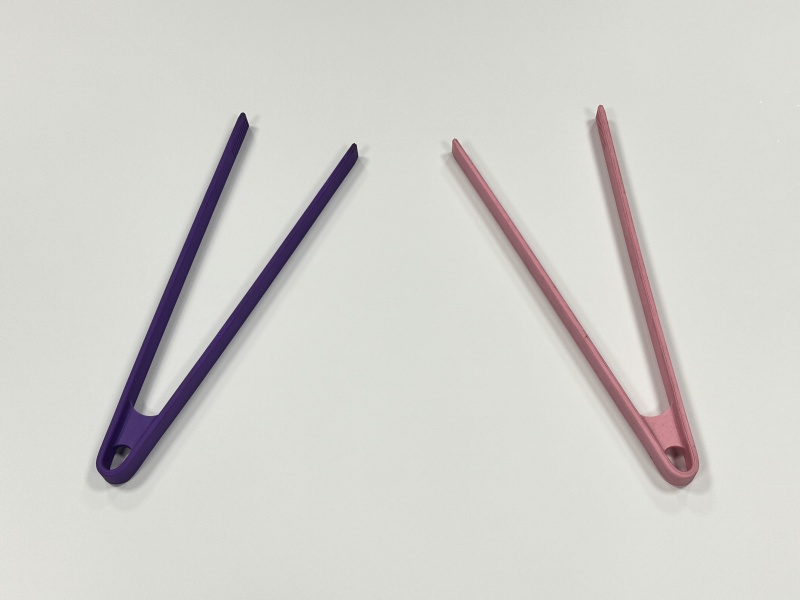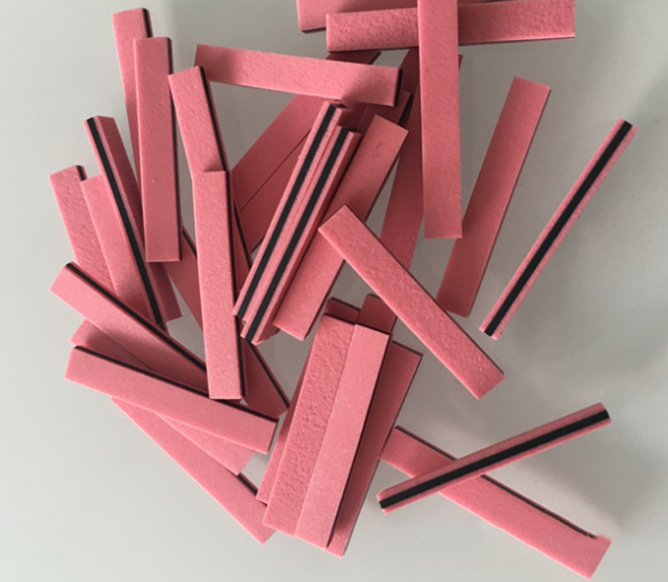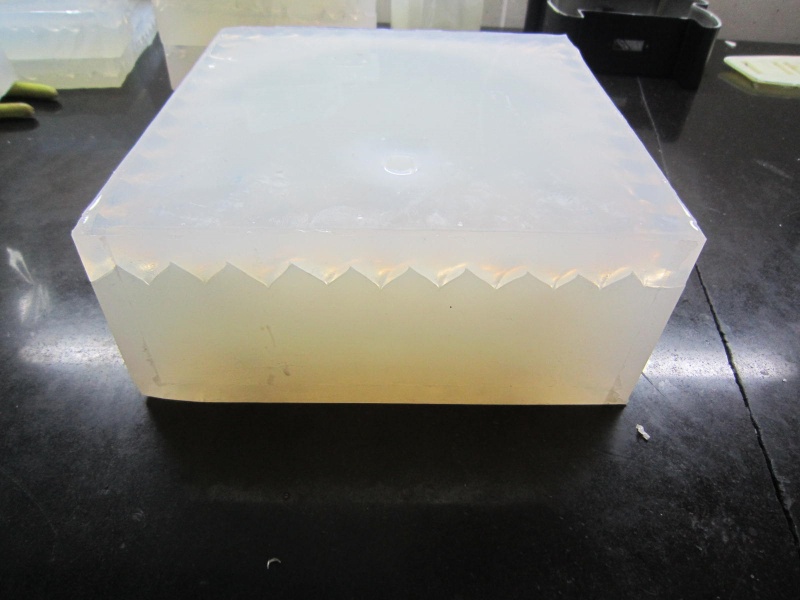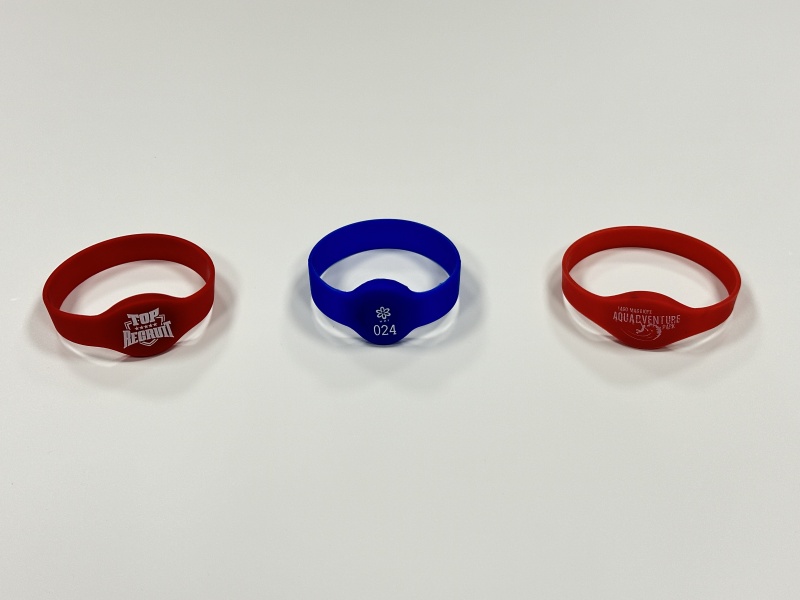Silicones are a versatile class of polymers that come in various forms, offering immense potential for customization to meet the precise needs of the medical and aerospace sectors. Their characteristics enable them to perform diverse functions, such as sealing, lubricating, and fulfilling a host of other tasks.
Silicone's versatility is attributed to its unique physical and mechanical properties, which make it a valuable material in various industries. This article will delve into the Five common properties and silicone's usefulness and explore the four primary categories of silicone materials. Additionally, we'll discuss the different manufacturing methods and explain why silicone may be the ideal choice for your specific needs.
1.Silicones do not react chemically and exhibit poor thermal conductivity.
Breaking the silicon-oxygen chains in silicone molecules requires a significant amount of energy. Due to the high resistance of silicone molecules to change, most chemicals do not possess enough energy to induce chemical reactions. As a result, silicone is typically non-reactive chemically. The stable bonds in silicone are responsible for many of its favorable characteristics.
Silicones typically exhibit low thermal conductivity due to their molecular structure, which hinders the propagation of heat vibrations between molecules. While this property may be beneficial in certain applications, such as oven mitts, it can be a limitation in other contexts where efficient heat transfer is necessary. To address this issue, thermally conductive fillers can be incorporated into the silicone formulation to enhance heat transfer and meet the requirements of the intended use.
2.Silicone has low toxicity
Silicone is generally regarded as a harmless material for human health. Both food-grade and medical-grade silicone compounds have been approved by the FDA for use in food contact and long-term implantation in the human body. Nonetheless, please crucial to follow the manufacturer's guidelines when using silicone products to ensure utmost safety.
3.Silicone has the great ability to repel water
Silicone possesses a unique quality known as hydrophobicity, meaning it has an innate ability to repel water. This is attributed to the methyl groups that are attached to the silicon-oxygen polymer chain, which are non-polar in nature and do not have an affinity for water molecules. As a result, water molecules are unable to spread and penetrate the silicone surface, and instead, they bead up and roll off. This remarkable water-repelling property, coupled with silicone's ability to form a strong adhesive bond with various surfaces, makes silicone sealing products particularly effective, with seals that can endure for decades.
4.Silicone can act as an insulator and a conductor of electricity.
Silicone rubber typically acts as an insulator due to its lack of available free electrons for carrying charges. This quality is highly beneficial for various uses, particularly within the medical field where insulation is crucial. However, silicone can be modified to conduct electricity to a certain extent for applications like gaskets and static shields. This modification involves incorporating fillers such as carbon, silver, or other conductive substances into the silicone material.
5.Silicone has superior resistance to organic compound solvents
Silicone is generally able to withstand exposure to most chemicals because of its unreactive composition and minimal surface energy. Nonetheless, a select few inorganic substances, particularly concentrated sulfuric and hydrofluoric acids, can harm silicones. Regarding organic compounds that may function as sol, silicones are only prone to deterioration after prolonged contact with substances like toluene, mineral spirits, gasoline, and carbon tetrachloride.
Silicone's usefulness
Silicone's versatility makes it a valuable material for various industries, including:
* Automotive: Silicone's high heat resistance and durability make it an ideal component in car manufacturing.
* Aerospace: Silicone's excellent insulation properties and resistance to extreme temperatures make it a crucial material in aircraft production.
* Coatings: Silicone-based coatings provide a durable and water-resistant finish for various surfaces.
* Construction: Silicone sealants and adhesives are used in building construction to ensure airtight and watertight joints.
* Cookware: Silicone's heat-resistant properties make it an excellent material for cookware, such as baking mats and spatulas.

* Lubricants: Silicone lubricants are used in various applications, including car engines, industrial machinery, and household appliances.
* Electronics: Silicone's excellent insulation properties make it a crucial material in electronic devices, such as computers, smartphones, and televisions.

* Mold making: Silicone's flexibility and accuracy make it an ideal material for creating molds for various applications, including medical devices and automotive parts.

* Medicine and cosmetic surgery: Silicone's biocompatibility and versatility make it an essential material in medical implants, prosthetics, and cosmetic surgery.
* Toys and hobbies: Silicone's flexibility and durability make it a popular material for creating toys, games, and other recreational items.

The primary Types of Silicone
The four main physical types or forms of silicone products are listed below:
• Room-temperature Vulcanizing (RTV): These silicones will cure, or set, at room temperature. They are typically used for sealing and bonding. RTV-1 formulations start curing immediately upon contact with moisture in the air. RTV-2 silicones come as two separate compounds that the end-user must combine to initiate curing. This makes RTV-2 more flexible for applications like molding and coating.
• Liquid Silicone Rubber (LSR): LSR consists of a two-component system, with the two compounds combined at the time of use. It is generally cured at a high temperature, using a platinum catalyst. Both the molding process used and the final product characteristics of LSR are adaptable to a wider range of applications.
• Fluorosilicone Rubber (FSR): FSR molecules consist of repeating units of a silicon-oxygen backbone with other bonding sites occupied by other groups of molecules (methyl and fluoroalkyl groups). This gives the material better resistance to oils and fuels. FSR is popular for sealing applications in aviation settings.
• High-Consistency Rubber (HCR): HCR, also known as “heat-curing rubber,” consists of very high molecular weight silicone polymer chains. The raw material can accommodate fillers and additives to obtain desired characteristics. It is usually furnished in a partially cured, somewhat ”gummy” form that has been rolled into a thick sheet. It is ideal for use in certain medical devices, including tubing, balloons, and sheets.
Silicone come in different physical states, ranging from liquid to solid. Customer can customize different type silicone according to product's character to suit the requirements of final products.
Summary
The article examined the 5 attributes of silicone, shed light on its chemical and physical properties, and explored the various forms that it can take in industrial applications.
To learn more about silicone, please contact us.
Post time: May-07-2024
